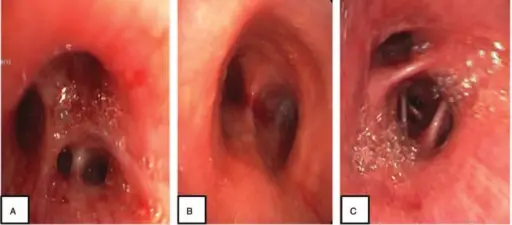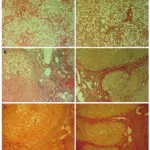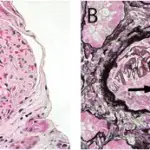Marijuana injury is the injury caused by marijuana intoxication.
What is the Pathology of Marijuana Injury?
The pathology of marijuana injury is:
-Etiology: The cause of marijuana injury is marijuana overuse.
-Genes involved: None.
-Pathogenesis: The sequence of events that lead to marijuana injury shows inhibition or stimulation of various neurotransmitters, including acetylcholine, L-glutamate, γ-aminobutyric acid, dopamine, norepinephrine, and 5-hydroxytryptamine. This neurotransmitter modulation may contribute to the central and peripheral effects observed in cannabinoid toxicity.
-Morphology: The morphology associated with marijuana injury shows smaller whole brain and percent cortical gray matter and larger percent white matter volumes.
-Histology: The histology associated with marijuana injury shows necrosis, inflammation, and congestion.
How does Marijuana Injury Present?
Patients with marijuana injury typically affect males and females present at the age range of 16-55. The symptoms, features, and clinical findings associated with marijuana injury include altered perceptions and mood, impaired coordination, difficulty with thinking and problem solving, disrupted learning and difficulty recalling memories, and increased appetite.
How is Marijuana Injury Diagnosed?
Marijuana injury is diagnosed using blood tests and urine analysis.
How is Marijuana Injury Treated?
Marijuana injury is treated with cognitive-behavioral therapy.
What is the Prognosis of Marijuana Injury?
The prognosis of marijuana injury is fair with symptoms reversible.



